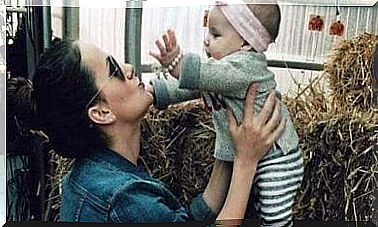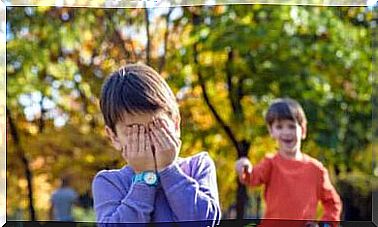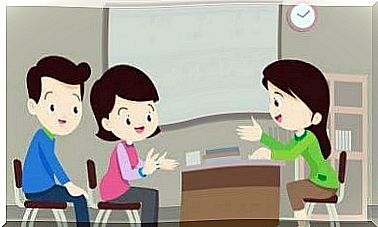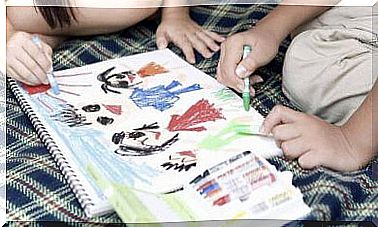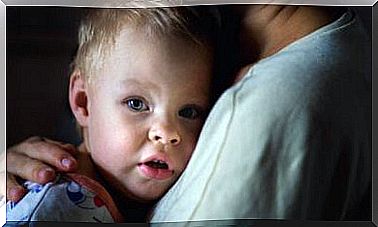The 7 Most Common Education Myths – Parenthood
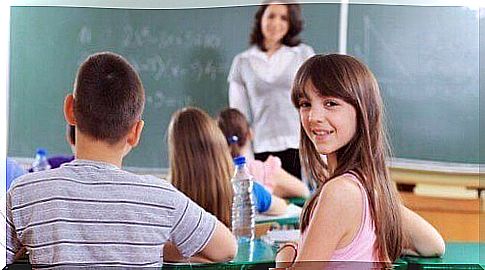
It is often thought that studying is easy and that there is a magic formula that directly leads to success. Because of this, many myths about education have arisen. These myths must be broken in order to achieve integral teaching.
We all know that the task of studying is complex. It has its ups and downs and progress depends on the will and motivation of the student.
All the responsibility does not rest on the shoulders of the teacher in the classroom. Indeed, parents have a duty to teach their children the habits and standards necessary for optimal behavior and development in the classroom.
A functioning education system is one that integrates school, home and community as a whole. In this way, a consistent and stable equilibrium is achieved for the pupil.
When it comes to the myths about education that exist, there are several opinions and questions about them. Here are the seven most common myths.
The 7 myths about education
-
Students from disadvantaged backgrounds will have lower returns
Each student evolves according to his means and possibilities. He has skills that he develops at his own pace. The type of dwelling, in principle, has absolutely nothing to do with its learning.
In many cases, low-income students are more diligent than the better-off. This is because they want to achieve a better quality of life by aiming for a good profession.
Certainly, the place where they study, the family culture or what children see in their parents can have an influence on them. However, this does not have to be decisive.
-
The fewer students in the class, the better the performance
What is really important is the quality of the teacher, not the quantity of students. Of course, with fewer students, the attention is more personalized. On the other hand, if the group does not worry about its evolution, the number of students in the class will not change anything.
It is necessary to invest in finding professionals in education who, in addition to their diploma, have a real teaching vocation. A teacher with a vocation will take care of a group, no matter how small. He will teach them with zeal and relentlessness.
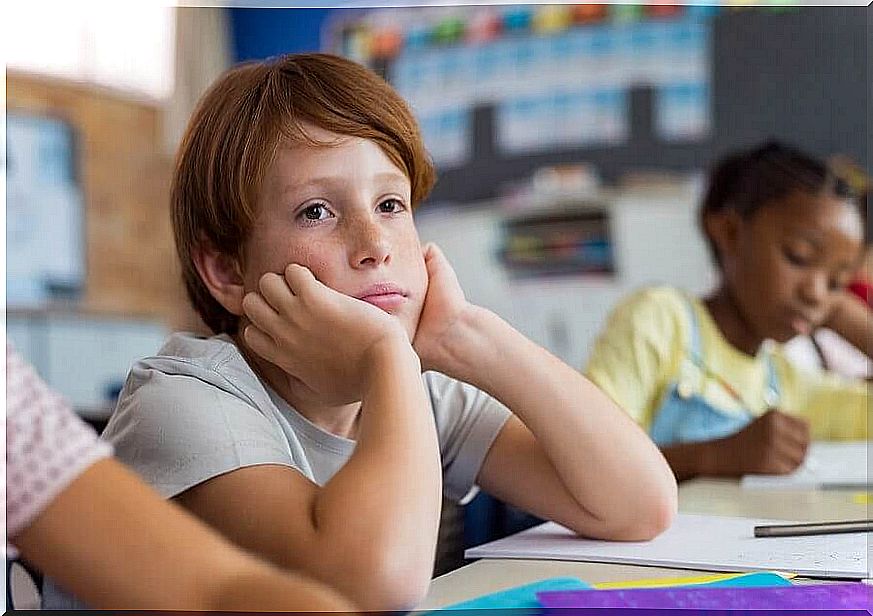
-
The most talented student will be the best
Certainly, there are those who argue that a child’s academic performance depends on his inheritance and not on the effort to study. We know, however, that this is not so true. All students are able to achieve good results by investing in what they do.
The talent they have innately acquired in any field can help them in their studies but does not guarantee their success. Much depends on their investment and the willingness of the student to achieve knowledge and results in the classroom.
-
Students with better technology skills are smarter
It couldn’t be missing from this list of education myths. The world, globalization and modernity lead to many generalizations about whether or not to know how to manipulate technologies. However, knowing how to cope with new technologies turns out to be very useful for anyone.
Of course, the sooner we acquire this type of knowledge, the sooner we will dominate this field in the future. A good mastery of technology does not determine a student’s intelligence.
Some may stand out in different fields such as literature, languages and science. This does not mean that by not mastering the technology they lack intelligence. Everyone can demonstrate their degree of intelligence in their chosen field.
It is recommended that children who are tech-savvy take the opportunity to learn languages.
-
Physical education is not important in teaching students
Physical education has many benefits at the neurological level. For example, it generates neurotransmitters like dopamine and serotonin. These help to develop the attention and motivation of the student.
It is also a very useful tool for students who suffer from ADHD (Attention Deficit Disorder With or Without Hyperactivity). This is because it keeps them active and alert during the exercises. Physical exercise – in addition to strengthening the body, is able to fuel the mind.
-
Private education is much better than public education
All schools provide the same content. What varies is the atmosphere. The quality of education does not depend on the institution.
It is the teacher’s vocation and the student’s desire to learn that really make the difference. If the student wants to learn, he will do so in a classroom equipped with an air conditioner or under a tree.
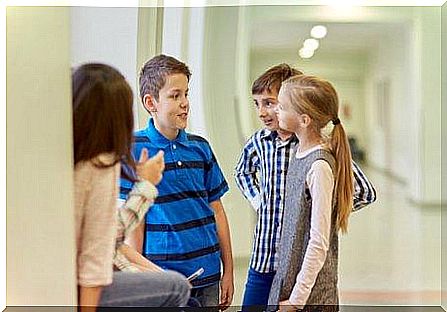
-
The secondary cycle is more difficult than the primary
This could be one of the most common education myths. It becomes more and more tenacious over the generations. All school levels have their difficulty. The way to face it depends on the degree of maturity of the pupil.
Primary is often the most difficult for some children. Indeed, they are used to being at home with their parents. This shock of going out, being surrounded by other children, and being led by someone who is not your father or mother is often traumatic at first.
The secondary cycle tends to be complicated. Indeed, the student experiences physiological and identity changes. Besides the fact that there won’t be just one teacher. His duties will also be more numerous as the year progresses.
The school environment is full of ready-made phrases that are repeated without necessarily being true. Knowing which factors are actually relevant to this process is very helpful in dispelling these myths.

